Last Easter, the bloke and I went to Harrogate, Yorkshire (England) to enjoy a long and much-needed weekend break. I was not expecting good weather because the weather is usually not good when you want it to be. However, despite this first day in Harrogate, we did have great weather. Our first day was a wet one driving up to Harrogate. When we arrived, the weather was gloomy with showers, but we did not let this put us off making the most of it.
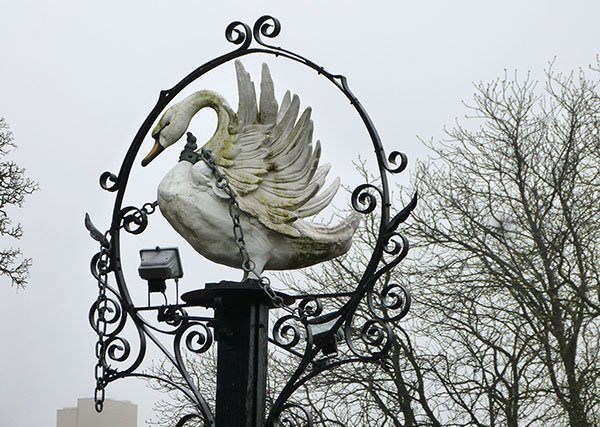
We stayed at Old Swan Hotel, a classic hotel with a lot of history. I'll go into more later.
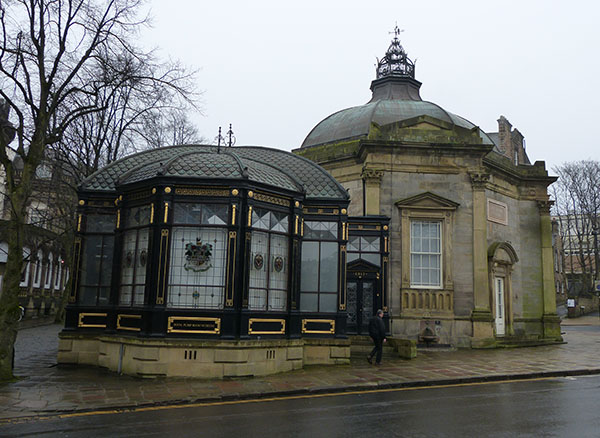
Harrogate's claim to fame is that it was a fashionable Victorian town and known for its spas and sulphur springs, which were thought to heal a variety of problems. The Royal Pump Room was the strongest sulphur spring in Britain in 1626. It was built in the mid-1800s, and water was dispensed by the same lady (Queen of the Wells) until her death in 1843. Today, it is the Harrogate Museum, which opened in 1953, and the sulphur spring was still open for use then.
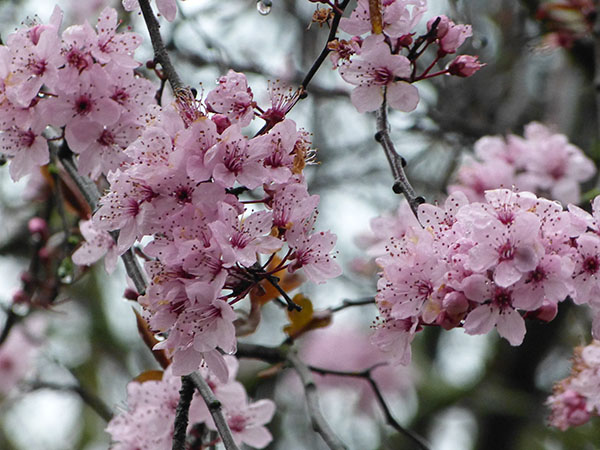
Thw town of Knaresborough (up the road from Harrogate) was a larger town built around a castle and river. In 1571, the well with medicinal powers was discovered at Harrogate, and the small community grew. More wells were discovered and opened. The healing powers of the wells drew people in to treat a variety of problems, such as scurvy, epilepsy, ulcers, sores, and skin conditions.
As visitors increased and the rich visited the town during Victorian times, hotels, ballrooms, and luxury shops were built.

The first well, 'The Tewit Well', was founded in 1571. Many additional wells were discovered after this across Harrogate, and there were around a dozen of these. The common wells had to be extended and more treatment rooms included on them to separate the men from the women and to cater for different illnesses. I learned a lot of important facts about these wells and the history of Harrogate in the Harrogate Museum. Below is a model of how it would have looked in the mid-1800s.
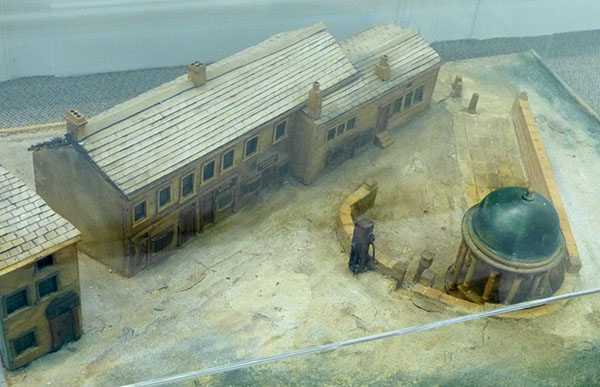
The Harrogate Museum also has an amazing Egyptian collection that is worth a visit. (Photographs are not permitted, but this was interesting.) In addition, the old sulphur well can be seen from above, and there's also a section dedicated to war heroes.
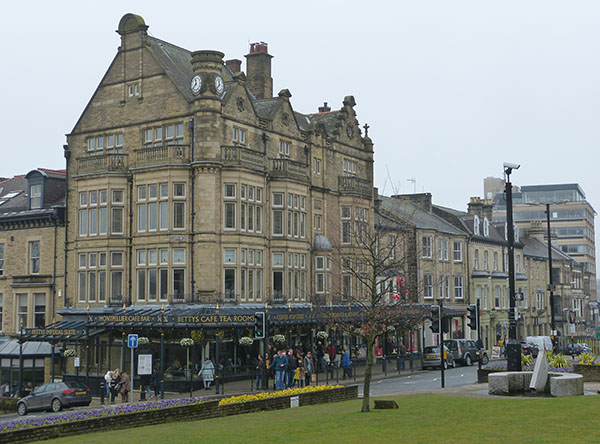
After our wander around the museum, we went to our reservation at 'Betty's Tea Rooms' in Harrogate. I previously covered my visit to Betty's Tea Rooms in a post published last year. By now, it had started to rain, so there was a queue for the cafe. I was glad that I had booked it in advance.
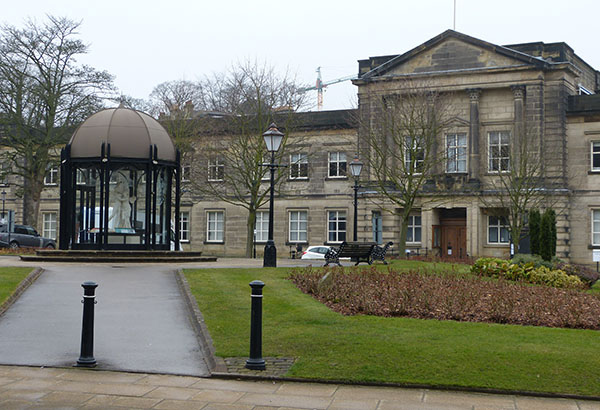
After the afternoon tea, we continued to have a wander around the town. We saw the statue of Cupid & Psyche. The statue was carved in the mid-1800s for the spa, but they were put into storage and forgotten about when the gardens at the spa were removed. They were only re-discovered about fifteen years ago.
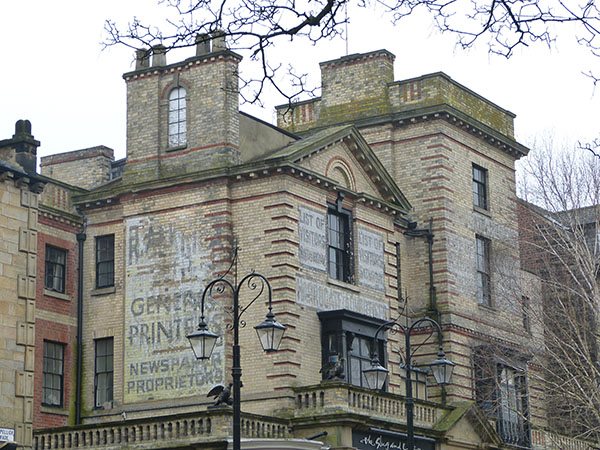
The gardens of Harrogate are beautiful, but they are more beautiful in the sun.
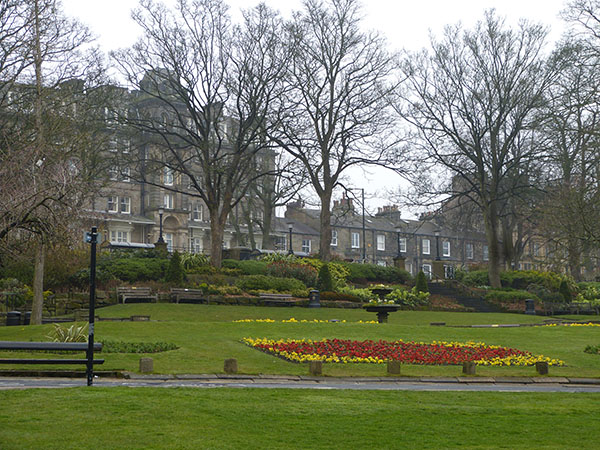
Before calling it a day, we wandered around the Harrogate Valley Gardens. We were nearly half the way around the gardens when it started to rain harder. I still managed to photograph the gardens. I remember visiting ten years ago at Easter, and I remember the flowers being out in bloom a lot more. I was also lucky with the weather then.
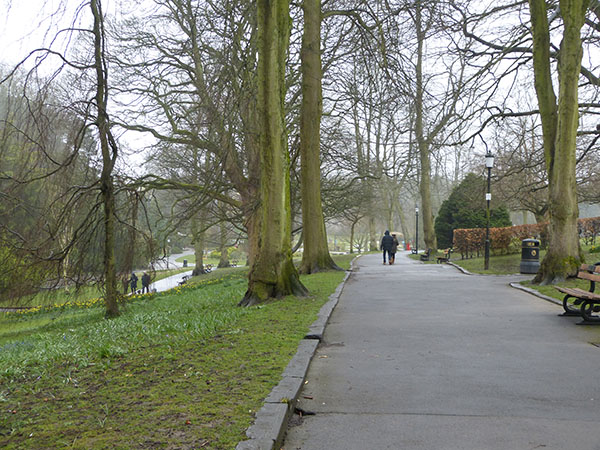
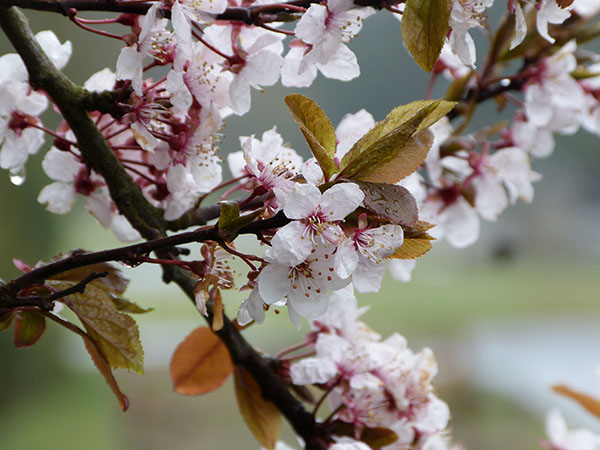
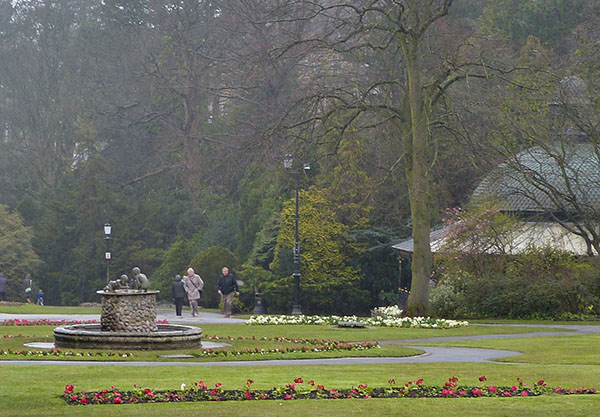
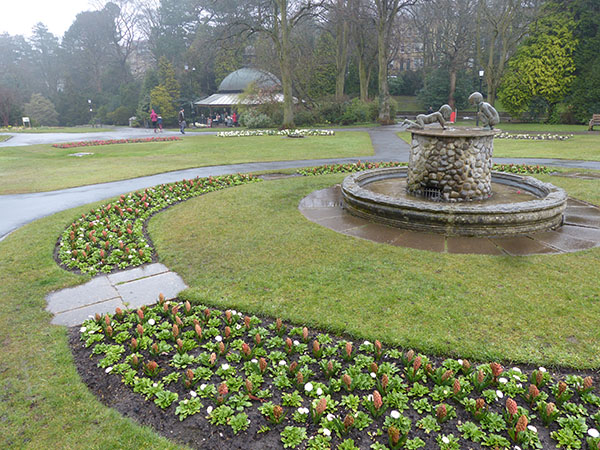
The Wishing Well in the park at Harrogate was designed to look like the familair wells. This wishing well takes coins, which are donated to charity.

We saw some ducks in the stream that ran through the lower part of the gardens. Of course, it was weather for ducks.
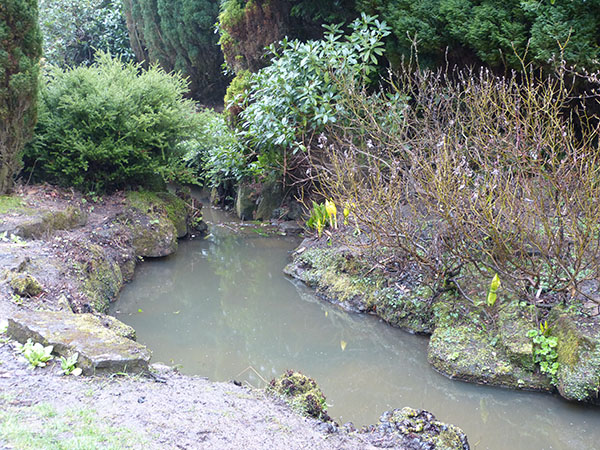
The path around the gardens was named 'Elgar Walk' after an Edward Elgar who took regular walks here between 1912 to 1927. The walk received the name in 1989.
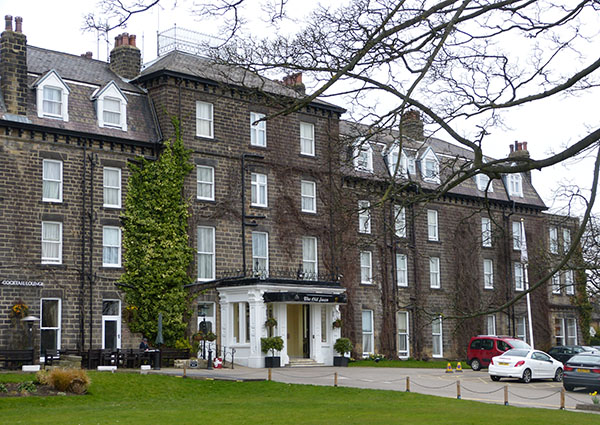
We headed back to the Old Swan Hotel. This infamous hotel was constructed in the 1800s for the wealthy visitors attending the spas. In the 1920s, it became famous for another reason. Crime/mystery fiction writer Agatha Christy was found here after she disappeared for eleven days after having a breakdown due to her mother's death the previous year and finding out that her husband wanted a divorce so he could marry his mistress.

Because of the wet weather, we decided to eat at the hotel. I had the soup to start and chicken. The bloke had salom. For dessert, he had chocolate brownie and I had creme brulee.


I do hope to return to Harrogate and book time at the spa. (I tried to book it in advance, but there wasn't any availability.) The Old Swan Hotel also have themed nights and murder mystery events. I would not mind returning.
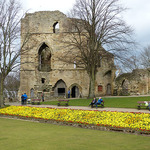
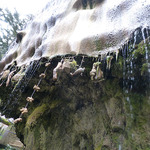
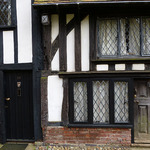
Leave a comment